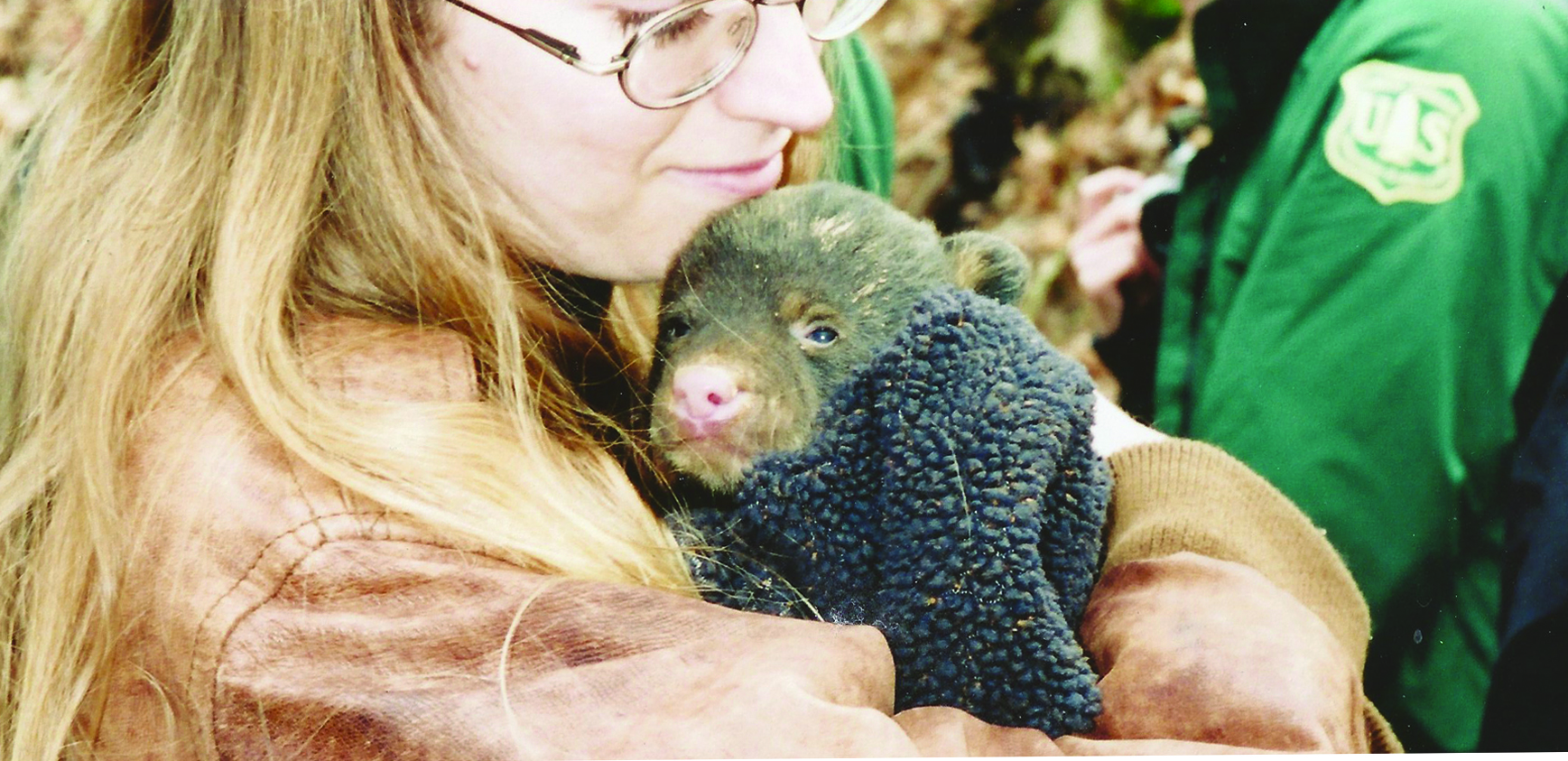As Sarah Robertson flips through the slides of her PowerPoint, she suddenly ducks behind her desk and pulls out a rock, stroking it gently with her fingertips as she saunters to the front of the class. The students look at each other in disbelief as she strikes a match and holds the flame to the rock that she calls her “best friend.”
“[When I teach] I like to sometimes be a little crazy, sometimes a little off the wall, but at the same time, it gets the kids interested,” Robertson said.
Robertson has been at Northwood for over a decade and teaches a variety of sciences, including biology, earth and environmental science, and anatomy and physiology.
Robertson’s passion for science stems from her childhood curiosity of how the world works and the role of its species.
“When I was itty bitty, I just liked to go out in the woods and explore,” Robertson said. “I would find creatures, and I would wonder why it lives the way it does and why [it does] what it does. I just wanted to have answers for all these questions.”
Even today, Robertson still enjoys the thrill of spending time in the outdoors through daily hikes around the Haw River after school.
“I am always looking for excitement, and I find excitement in the natural world,” Robertson said.
Before coming to Northwood, Robertson taught at Missouri State University, where she researched the effects of urbanization on seven different bat species in Springfield, Missouri.
“I spent a lot of time in caves and in storm drainage systems crawling around looking for bats,” Robertson said. “And yes, I have been bitten a lot.”
Aside from her own research ventures, Robertson has also assisted many of her fellow researchers on their studies. Robertson estimates that she was a member of 20 different research projects prior to her high school teaching career.
“I was pulling bears out of dens that were hibernating,” Robertson said. “I was jumping on, I can’t even tell you how many deer, so that I could put radio collars and ear tags on them to get health assessments and a population estimate for the area.”
Junior Adam Khrais has had Robertson for three different sciences and shared a memorable experience he had in his anatomy and physiology class.
“One time she pranked the class by telling us that there was a track runner that died in the woods, and when we went outside to see, we saw bones, but they were just from an animal,” Khrais said.
Students who have had Robertson describe her teaching style in a similar way.
“The way she teaches makes science fun and easy to learn,” sophomore Ashanti Moore said. “She puts everything in a simpler way through her PowerPoints and the activity we do after to better [understand] the information that we learn.”
Like Moore, sophomore Elena Shipp also enjoys the way she learns in Robertson’s class.
“She is a very loud and exciting teacher,” Shipp said. “I am always interested in what she is teaching about because of how enthusiastic she is.”
Shipp vividly recalls a lesson Robertson taught about how quickly the nerves in the human body communicate with each other in her biology class.
“She was explaining how our nerves communicate with each other by sending signals, and in the middle of the lesson, she just screamed randomly,” Shipp said. “It was absolutely terrifying.”
Robertson believes science is not only an important subject in school, but one that is essential to mankind.
“[Science] explains the world around us,” Robertson said. “If we just go through our days and don’t pay any attention to what is really going on, how do things advance?”
Although Robertson feels that science is necessary in order for our society to progress, she believes the greatest issue the scientific community faces today is that it is not listened to.
“Scientists are no longer considered the expert in the room; they are just considered as another opinion,” Robertson said. “Their expertise is called into question by too many people, and it’s really hurting the scientific information that’s out there for the general public.”
Robertson looks forward to meeting new students each semester and has a message for the newcomers to her class.
“Get ready to learn,” Robertson said. “You are not going to be the same person walking out as you were walking in.”
– By Madeline Conte



